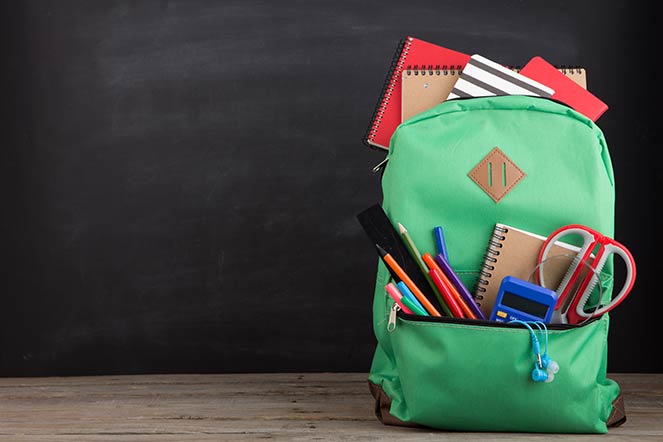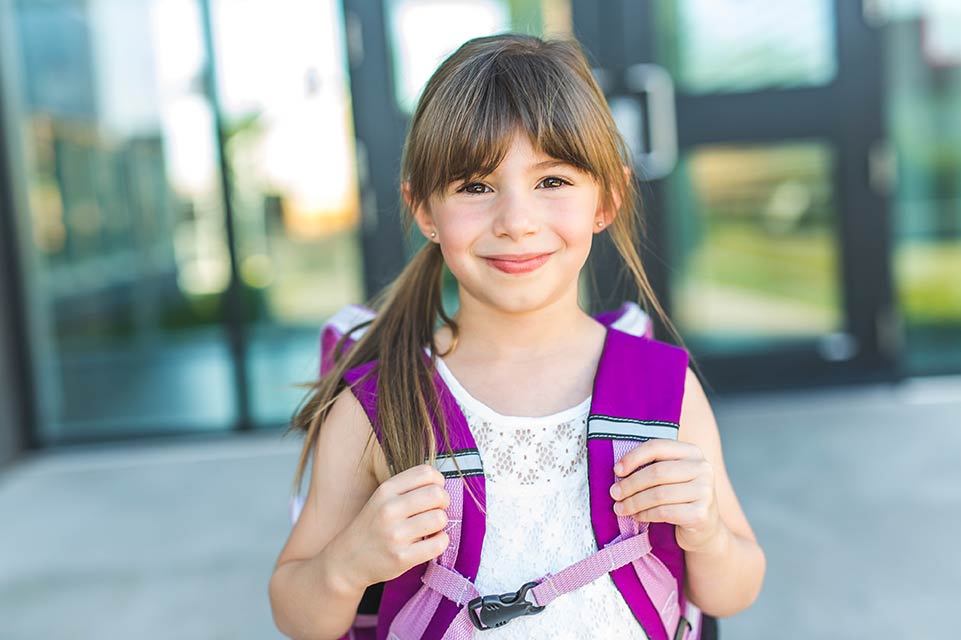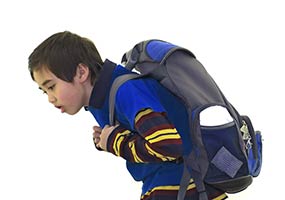Key Safety Tips
Using a backpack correctly is very important to prevent pain and injuries.

A proper backpack is worn correctly and snugly on the back, using two shoulder straps.

A backpack used properly is not overloaded and has weight distributed evenly.

A good backpack is not too heavy, and does not weigh more than 15% of the carrier's weight.




